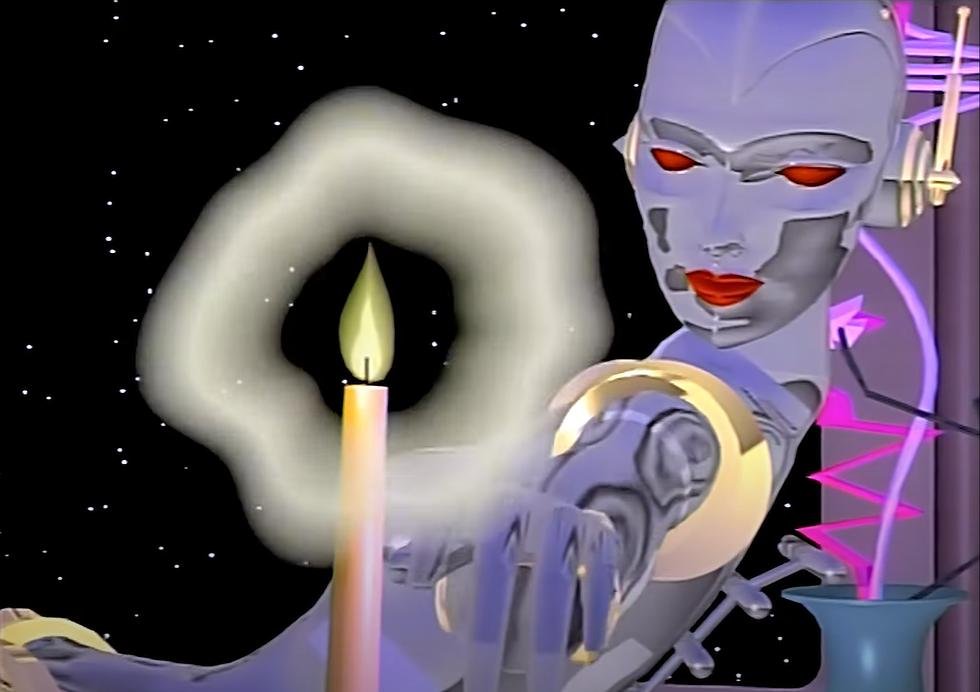Apartheid Underground Nightclubs: A Spot For Inclusivity Amid A Period Of Racial Inequality
PHOTOS BY BILLY MONK
Many should know by now that the reign of the Apartheid regime from 1948-1994 saw one of the most concerning practices of racial injustice and infringements on basic human rights to date, with the anti-Apartheid movement even having garned worldwide support in its time.
Although Apartheid may have ended almost three decades ago, considering its lasting effects on the country of South Africa, and placing it in comparison to the civil rights efforts in the United States which resulted in black people finally being granted the opportunity to vote in 1965, three decades is not too far back, and Apartheid still remains of vivid memory for many parents and grandparents who were born during that period.
Being based upon the discrimination of non-white persons, with black people being placed at the bottom of the hierarchy, the Apartheid government placed emphasis on the separation of interracial interactions with a number of unjust laws, such as the following: The Prohibition of Mixed Marriages Act (1949), which disallowed interracial marriage between non-white and white people, The Immorality Amendement Act (1950), which disallowed extramarital sex between non-white and white people, and many more.
This part of South African history is well-known to many, and therefore does not need much reciting. It is equally well-known that South Africans maintained resilience until democracy was finally reached in 1994. Nevertheless, despite the brunt of Apartheid-based knowledge and teachings being related to struggle efforts and unjust segregationalism, perhaps one of the most interesting things about the Apartheid era that we rarely see being spoken about, are the spaces of inclusivity that South African citizens created for themselves amid the chaos.
A series of images taken in Apartheid underground night clubs in the 1960s by Billy Monk reveal South Africans of different racial backgrounds going against segregationalist law in these somewhat safe havens for interracial interaction. Underground efforts were not rare during the Apartheid era and were commonly used to perform what was at the time deemed illegal activity.
Political movements would meet underground, political information would be distributed via secret radio stations and media so as not to fall onto the Apartheid government’s radar, and so on. However, what makes these underground night clubs particularly interesting is that there seemed to be no political agenda behind their makeup, and instead seemed only to exist for the sake of enjoyment with fellow South Africans, regardless of race.
In Monk’s images, citizens are seen in their most unreserved states, enjoying one another’s company and getting heavily intoxicated in the process. Nonetheless, it was still decades to come before this unreserved behaviour could be practiced openly and publicly between different races. Despite this, the documentation of these interracial spaces for personal enjoyment breathes life into the Apartheid citizen, revealing citizens as human beings outside of the struggle as well.
These images also speak to the resilience of the South African citizen. As aforementioned, the Apartheid government passed laws that would essentially make the lives of non-white South Africans that much harder, suppressing their voices and overall freedom to enable the white minority population to wield all of the power. As such, the 1960s saw major oppositional political parties in South Africa being banned and forced either into exile or to continue operations underground.
This being the case, on a public front, the movement was perceived to have slowed, which could have dampened the spirits of those forming a part of the struggle, but these night clubs are evidence of the ability for South Africans to have come together in pursuit of enjoyment, knowing that the struggle shall not die.
It is also evidence of white allyship existing in those trying times, which served greatly in the struggle as it dismantled the Apartheid regimes tactics towards segregating races so as not to allow for different races to band together, and it also revealed that citizens of all races could indeed coexist harmoniously.













